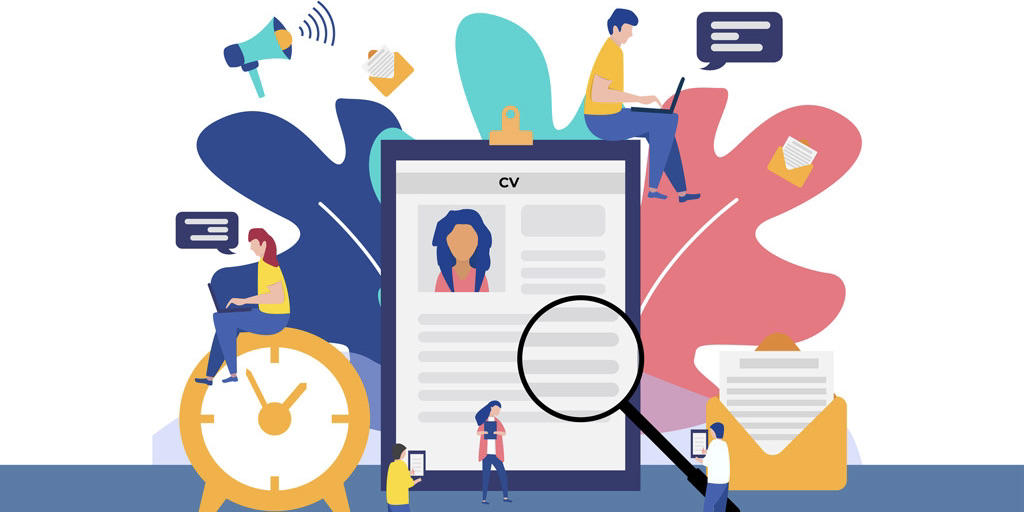You need to be prepared before attending an interview. There are also some details you need to pay attention to during an interview. Below are 6 tips to help you succeed. Make sure you are aware of these interview etiquettes, and you will leave a great impression to the interviewer(s).
1. Be Punctual, But not Too Early
Of course, company doesn’t like people who were late for the interview, but arriving too early could also be disturbing, as the interviewers might be dealing with other work they have scheduled prior to your interview. So be there on time so they won’t feel being pushed. 10 minutes earlier should be maximum.
By saying arriving time, I mean the time when you enter the company’s office. However, make sure to leave yourself enough time to find the office location. If you drive to the interview, at least arrive 30 minutes in advance to allow yourself to park – it is even more important if the meeting spot is in downtown (where it’s usually hard to find a parking spot), or you need to sign in at the parking lot (which takes time to complete).
2. Shake Hands Before and After the Interview
A firm but not too crushing handshake can show your respect and attitude. According to researchers at the University of Iowa, a firm handshake can define how the rest of the interview goes. If your handshake is weak or awkward, employers would start off with a negative impression of your candidacy.
Shake hands with your interviewer(s) both before and after the interview. Step into the meeting room, shake hands, put your stuff and sit down; step out of the office, pause at the entrance, shake hands and express your appreciation. It is just that easy.
3. Don’t Interrupt the Interviewer
You might really want this opportunity, or you might just want to impress the interviewer and prove yourself. However, overreacting might just turn the situation opposite to what you wish. Do not interrupt the interviewers while they are talking. Listen to their points, let them finish. It can also give you time to compose your answer.
4. Stop When It’s Enough
It is good to let them know more about your experience, but don’t keep gabbling. Talking too much without a point, people may also think that you are not efficient at work. After all your interview performance can somehow reflect your work style. When answering the questions, try to get to the point with little elaborations.
5. Lean Forward and Sit up Straight
Your sitting posture can also show your personality and attitude. It is okay to sit cross-legged, but lying back on the chair with ankle on top of your other knee will make you look over-confident, and people definitely wouldn’t want this type of person in their team.
Even though you are speaking with a recruiting agency, it is important to not show your arrogance to the recruiter. For one reason, they can decide whether submitting you to their client; for another, they can decide whether to keep long-term relationship with you for future opportunities.
6. Make Eye Contacts
I’ve seen people staring at the table during the entire conversation, which was awkward. Do look at your partner when you are in a conversation, it is a common practice that you should be aware of not only in the interview.
If you are talking to more than one person, give some verbal or non-verbal interactions to who are not fully engaged in the conversation is important too. In a general conversation, it will imply your leadership skills and capability of taking care of the overall situation. When it comes to an interview, you would never know how much inputs the person can make into your hiring decision; or maybe, the person who sits beside and keeps silent is actually the key decision maker.
Reference: Best, Shivali. “Why Millennials Have Weak Handshakes”. Tippie College of Business. N.p., 2016. Web. 22 June 2016.





